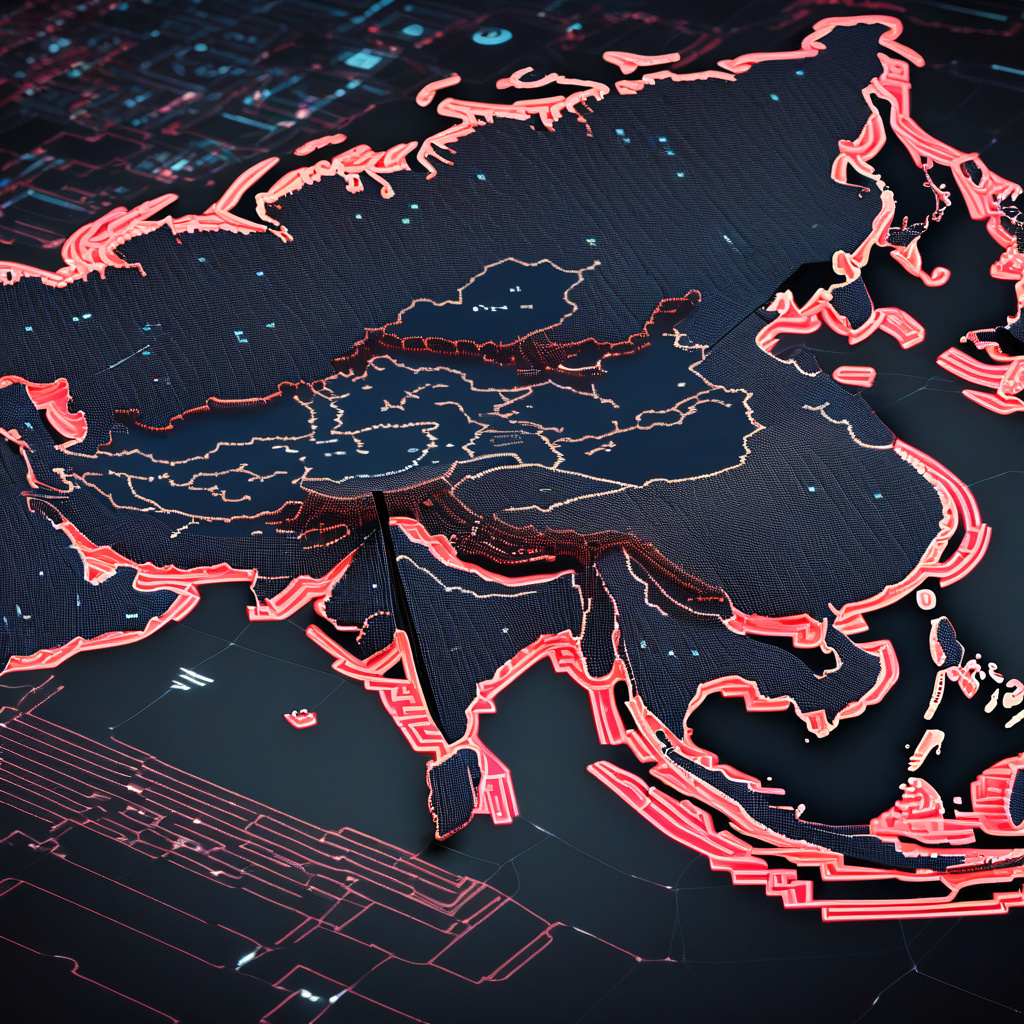In the ever-evolving landscape of cybersecurity, threats lurk around every corner, and the latest entity making waves is the enigmatic “Earth Lamia” group. This highly active Chinese threat group has raised eyebrows by exploiting known SQL injection and Remote Code Execution (RCE) vulnerabilities across Asia. Their modus operandi involves targeting exposed servers to pilfer sensitive data from organizations operating in critical sectors.
The term “taking candy from babies” has never been more apt than when describing the exploits of Earth Lamia. By capitalizing on well-documented vulnerabilities, they have managed to infiltrate servers with alarming ease, bypassing inadequate security measures and siphoning off valuable information. This brazen approach underscores the urgent need for robust cybersecurity protocols in the face of increasingly sophisticated threats.
In recent years, SQL injection and RCE vulnerabilities have become go-to tools for malicious actors seeking unauthorized access to databases and systems. These vulnerabilities, often stemming from poor coding practices or unpatched software, provide a gateway for attackers to execute arbitrary code and exfiltrate data. Earth Lamia’s proficiency in leveraging these weaknesses highlights the importance of proactive vulnerability management and regular security audits.
The implications of Earth Lamia’s activities are particularly troubling for organizations in sensitive sectors across Asia. From government agencies to financial institutions, no entity is immune to the reach of these threat actors. The stolen data could be exploited for a range of nefarious purposes, including espionage, financial fraud, or even extortion. The ripple effects of such breaches can be devastating, leading to reputational damage, financial losses, and legal repercussions.
To mitigate the risks posed by groups like Earth Lamia, organizations must prioritize cybersecurity measures that address both technical vulnerabilities and human factors. This includes implementing robust access controls, conducting regular security assessments, and providing comprehensive training to staff members on safe computing practices. Additionally, staying abreast of the latest threat intelligence and patching known vulnerabilities promptly are essential steps in fortifying defenses against potential intrusions.
As the cybersecurity landscape continues to evolve, the cat-and-mouse game between threat actors and defenders intensifies. Earth Lamia’s exploits serve as a stark reminder of the persistent dangers lurking in the digital realm. By staying vigilant, proactive, and collaborative in our approach to cybersecurity, we can thwart the efforts of malicious actors and safeguard our digital infrastructure from harm.
In conclusion, the activities of Earth Lamia underscore the critical importance of shoring up cybersecurity defenses in the face of relentless threats. By bolstering our resilience, awareness, and response capabilities, we can effectively combat the ever-present dangers posed by malicious actors seeking to exploit vulnerabilities for their gain. Stay informed, stay prepared, and stay secure in the digital age.

